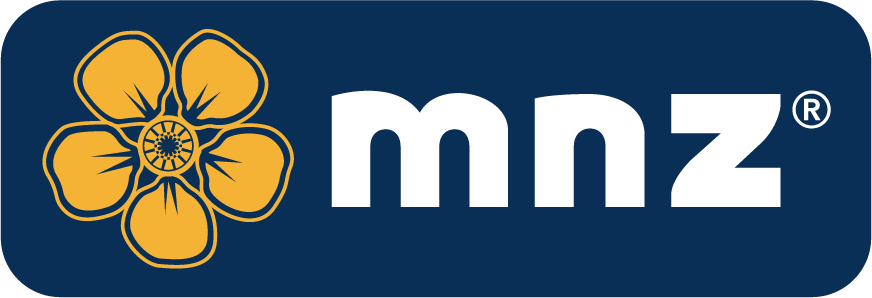The most frequently asked questions about Manuka Honey & Propolis
Below you will find detailed answers to the most common questions about authentic Manuka honey and propolis from New Zealand. All information is based on scientific publications, the guidelines of the MPI (Ministry for Primary Industries), and the quality assurance of MNZ.

